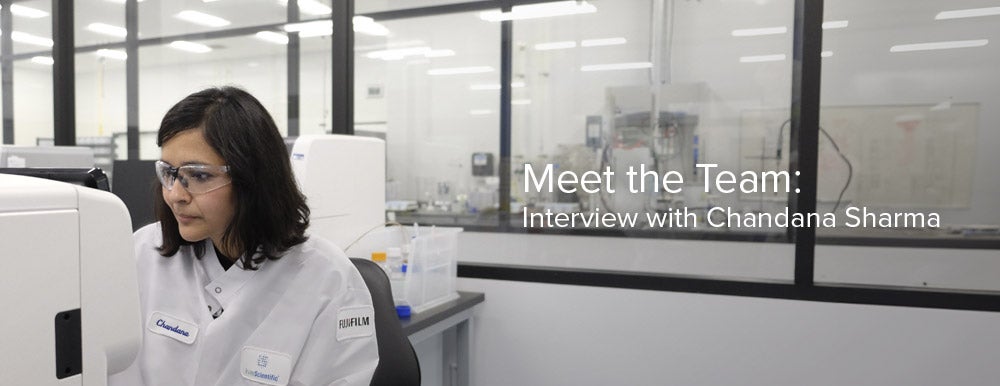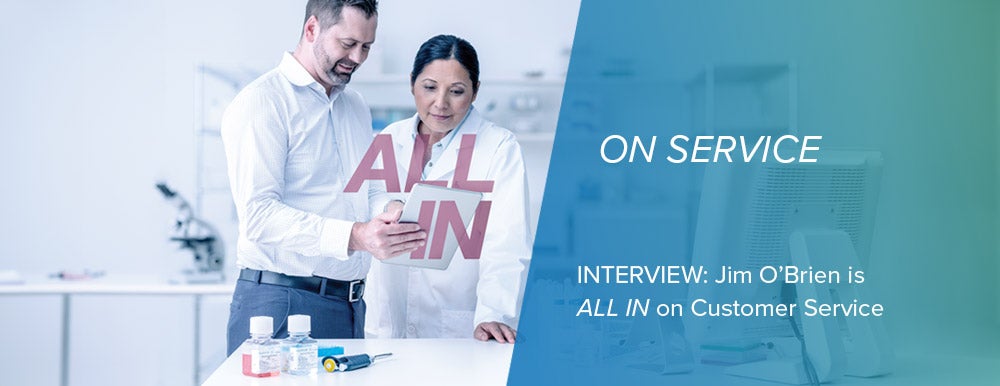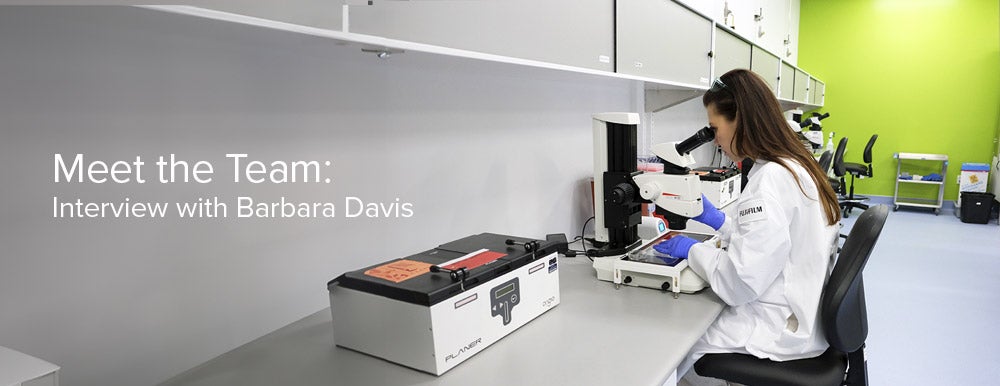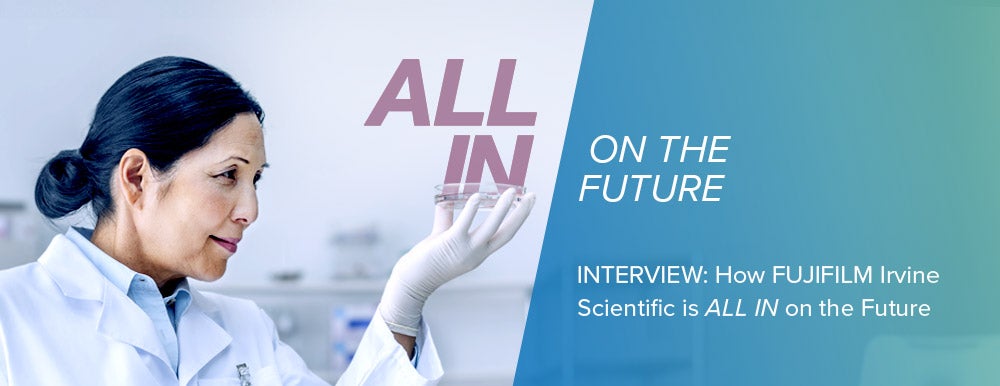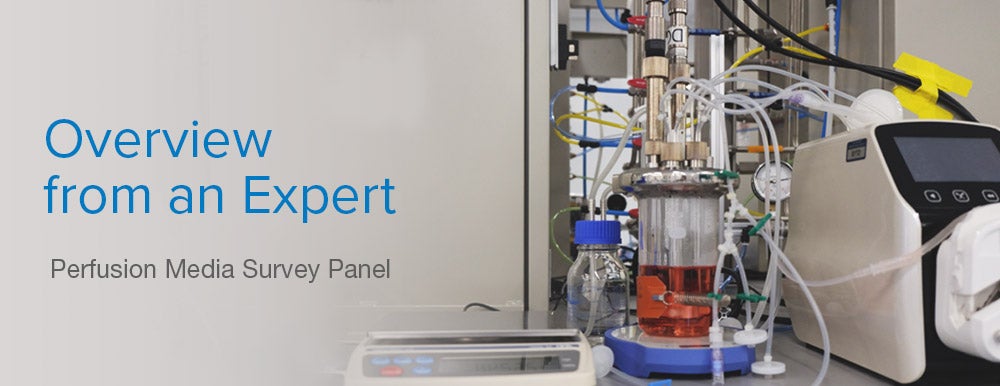We use cookies to make your experience better. To comply with the new e-Privacy directive, we need to ask for your consent to set the cookies. Learn more.
Blog Series: Expert Views on Different Vitrification Techniques to Maximize Success in IVF Procedures

In this blog series, we’re speaking to experts in the industry to learn the tips and tricks that they’ve collected throughout their careers, to support embryologists in successful vitrification during IVF workflows and maximize pregnancy success rates. While vitrification has been a routine procedure in IVF labs for over a decade now, there’s still room for improvement in efficiency and outcomes. In particular, oocyte vitrification for fertility preservation continues to grow and is becoming a daily activity in many labs. Even small refinements in procedures are welcome.
In our previous post, we spoke to Dr. Dunja Baston-Büst, Assistant Head of IVF Laboratory at the University Fertility Center in Düsseldorf (UniKid), Germany, to learn more about their techniques during the freezing and warming of ooctyes and embryos (LINK). Here, we’ve spoken to Dr. Joe Conaghan, Laboratory Director at the Pacific Fertility Center in the USA, to share some more important tips to benefit embryologists.
Prevent sticking in the pipette tip: A tip I’ve found to be one of the most important is before beginning a vitrification procedure, always lubricate your pipette in wash solution (WS) before handling embryos and oocyte. Make this a habit as the WS has 20% serum and the protein will coat the inside of your pipette preventing the formation of oil droplets and cells from sticking. We occasionally vitrify zona-free embryos which can be notoriously sticky, but this trick should always be the first step in any vitrification protocol.
Preventing sticking on the device tip: When loading hatching or fully hatched blastocysts onto your cryo device, similar to my first tip, leave a little medium (VS) around the embryo on the device. These embryos can be sticky and removing too much medium from around the embryo at the time of loading only encourages the embryo to stick tightly to the device. Your vitrification solution contains 30% cryoprotectant by volume, meaning that you only need a cooling rate of about 1,000°C/min during vitrification. This is easily achieved and leaving 0.5-1.0 µl of medium around the embryo will not impact survival. But it will allow sticky embryos to easily float off your device at warming.
When loading oocytes, a pipette tip of about 170 µm will aid in evacuating excess media from around the cell, whilst not picking it up again. Removing excess media like this is unlikely to significantly change the cooling rate, but it may aid in oocyte dehydration just prior to plunging in liquid nitrogen. For blastocysts, a bigger pipette is fine as the excess media does not need to be withdrawn from around the embryo.
Saving Time with “batching”: When vitrifying oocytes, batch the oocytes into groups so that you’re working on enough oocytes to load three devices at once. This will save a lot of time, particularly if you have a lot of oocytes to vitrify. In our lab, we typically vitrify three oocytes per cryolock device, so I’ll move nine oocytes together into the equilibration solution (ES). For us, the oocytes spend ten minutes in neat ES before they are ready to be washed through the vitrification solution (VS) and plunged into liquid nitrogen. As I near the end of that ten minutes, I’ll sort the oocytes based on their degree of re-expansion. The first cryolock will get the three oocytes that are most re-expanded. After those three are vitrified, I’ll go back to the ES and take the next three most expanded, and repeat the process. This allows less expanded oocytes a little extra time in solution before moving on to VS, cryolock loading and plunging.
Make sure TS is actually 37°C: Finally, the initial step in the warming procedure must be performed at 37°C. This will seem obvious to most readers, but what is less obvious is that most labs probably fail to have the media at 37°C at the exact moment the cryo device is plunged and warmed. Take a thermocouple and measure the temperature of your media in a mock-up of your warming procedure. You may be surprised by what you find.
At FUJIFILM Irvine Scientific, we continually strive to develop new products with simpler processes that deliver less stress, consistent results, and high oocyte and embryo survival rates. Rooted in scientific collaboration, our expert team learns from those in the industry, such as Dr. Dunja Baston-Büst and Dr. Joe Conaghan, to best suit the nuanced needs of the modern IVF laboratory. These solutions support implantation and pregnancy rates comparable to those of fresh cycles, and give oocytes and embryos the best start possible.



